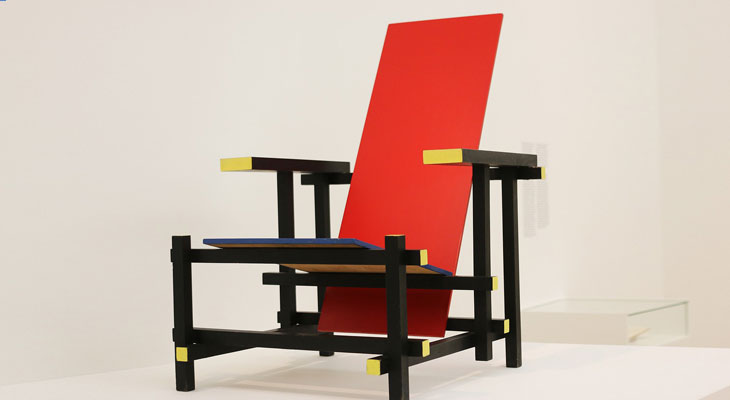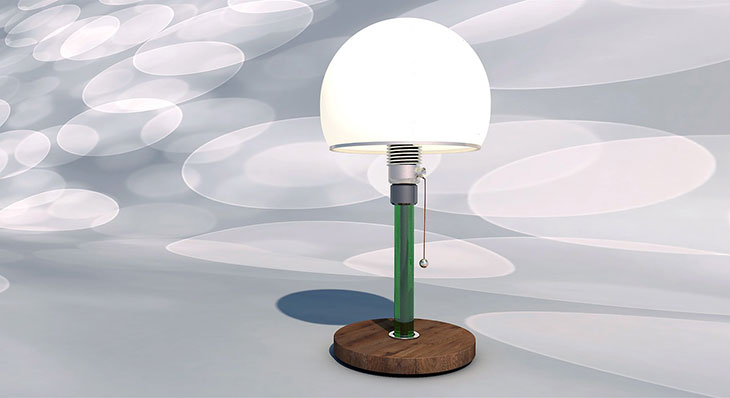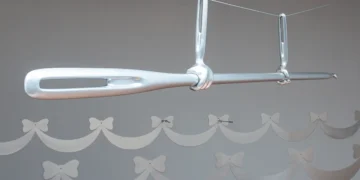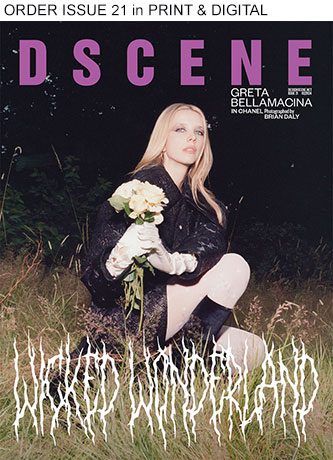
There are a lot of things that Germany has given to the world. Beer, lederhosen, people like Johann Sebastian Bach, and Albert Einstein. In the early 20th century, in the arts, it gave us the Bauhaus Movement. Though often perceived as a style or a school of thought, Bauhaus was an institute for design, that decided to erase the lines that separated fine arts and decorative crafts and unite them together within architecture. The movements` influence on design was so significant that even if you don’t know what the Bauhaus is, you have probably come across a piece of Bauhaus design or have elements of it in your own home without really realizing it. Due to its timelessness, this iconic style (and its contemporary variations) is back in the decoration of interiors, though it feels as if it never went away.
So, if you are a fan of streamlined furniture, clean design, modern materials, decluttered homes, and most importantly, you want to embrace the Bauhaus ethos into your house, read on.
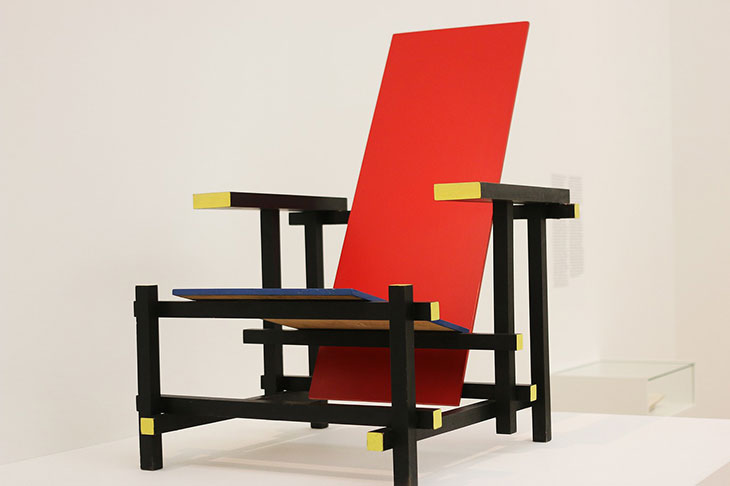
The Characteristics Of The Bauhaus Design
The characteristics of the Bauhaus style include simplicity of color and shape (absence of ornamentation), repetitive patterns, symmetry, and, most importantly, harmony between the function of an object (or a building) and its design. Bauhaus favors pragmatism and practicality in design (form follows function) over beauty for the mere sake of beauty. That is not to say, though, that Bauhaus can not be visually attractive. Yet, what is primary is the classical shapes of things without extra decoration – offering a highly functional, clean way of living. So, for example, when you look at a chair made in the mold of Bauhaus, you immediately notice a stark bluntness to it, with sharp corners and edges, and strong lines.
Decorating Your Apartment In Bauhaus Style
Bauhaus Modern Furniture
The best way to add “Bau” to your place is by adding and combining Bauhaus furniture. The Bauhaus furniture is often with simple designs, highlighting functionality above all other qualities. It is usually stripped down to its essential elements, and fundamental components. The necessary parts of furniture, like tabletops and legs, or seat backs and bottoms, are typically reduced to simplified geometric forms. The movement gave us many iconic design furniture pieces, which, even today, are considered timeless classics. For your inspiration, below are a few of the most impressive furniture pieces.
The Wassily chair, designed by Marcel Breuer in 1925, is an example of furniture that represents the very principles of the Bauhaus aesthetic. This classic chair, inspired by the sleek and functional body of a bicycle, is cut down to its very essential elements. The tubular steel frame preferred because of its lightness, has only two legs instead of the traditional four. The Wassily Chair received an Award of the Museum of Modern Art in 1968, and in 1982, it was recognized as a “Piece of Art.”
The Barcelona Chair has a very steady presence and a charismatic aura that couples well with its chrome and leather aesthetic. Designed by Mies van der Rohe and Lilly Riech, it was revealed at the Barcelona International Exposition in 1929 and was designed for the Spanish Royal family. Today, the Barcelona Chair is considered a milestone in the history of modern design.
Nesting tables are Bauhaus’s answer to the Russian matryoshka doll. Designed by Josef Albers, these functionalist set tables are flexible and straightforward simple. They powerfully combine precise geometric shapes with colors.
Lamp WA 24, also known as the “Bauhaus lamp,” was created in 1924 by Wilhelm Wagenfeld. Its metal and glass design is based on circular, cylindrical, and spherical shapes. Its balanced proportions and the functional clarity of the lamp make it perfect for the illumination of living spaces.
Another typical characteristic of the Bauhaus style is the color palette used in Bauhaus furniture, which tended to be simple. Prints, patterns, and bright colors are rarely used in this style. Most pieces concentrated on primary colors like black, brown, gray, and other natural tones. However, that does not mean that bright colors are not used in Bauhaus pieces. They are, but mostly as accents, often restricted to red, yellow, and blue. To get the idea, look at this iconic baby cradle designed by Peter Keler.
The Walls
Bauhaus style is known for combinations of black and white with colorful highlights. Bare tones like white or neutral, like brown, grey, and beige, are preferred for walls. These colors let all the furnishings and decorating accessories stand out as a contrast to the modern, mellow industrial Bauhaus style. Interestingly enough, the style also popularized glass walls that maximize natural light and reduce the need for artificial lighting.
Accessories and Accent Pieces
Another way to decorate the iconic Bauhaus style is to pay attention to the accessories and accent pieces in your place. Most important to keep in mind is that decorating items in this style are based on organic textures and forms. The goal of these items is to add texture and structure to the overall design. They are characterized by modern art with geometric white and black patterns, along with fabrics covered in unusual patterns. These industrial-style accessories are usually balanced out by natural materials, like wood, twigs, and bamboo. As an idea, suitable living room accents can include throw pillows and throws for couches and chairs, curved glass pieces, and colored art glass or translucent glass décor for cupboards and shelves. For the dining room, for example, bamboo and sisal are used to make the tables.
Curtains in the Bauhaus style are usually plain white. However, in some designs, heavy curtains can be added, made by sound-absorbing fabrics. Also, sometimes the Venetian blinds are used, but having no window coverings is also part of the style.
The Flooring
The flooring in the Bauhaus style is, again, all about natural elements. Materials like brick, stone, wood, and cork are widely used. These materials can complement each other perfectly with glass walls, for example. Kilim rugs and other rugs with abstract patterns are often popular floor coverings that can also be used as accent pieces in a room.
Conclusion
If you are a fan of a pragmatic version of interior design and furniture, then the Bauhaus style is right for you. That said, you can easily decorate your place in this design by pulling together the mood and colors of the Bauhaus style, choosing replica or stylistically similar furniture, and adding just the right accents with the appropriate Bauhaus colors.
